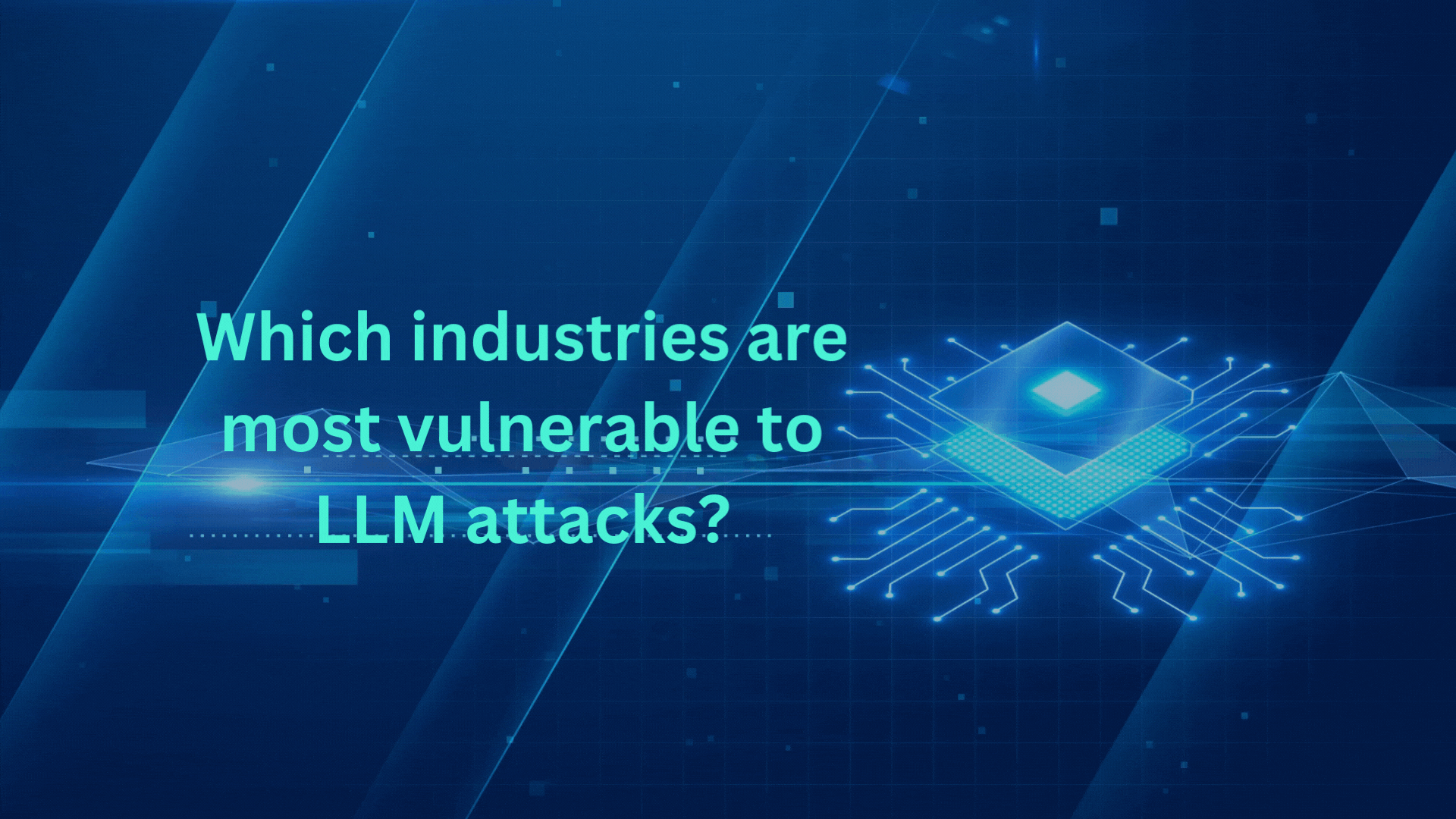Citizens Broadband Radio Service (CBRS)
Attack Surface
What is Citizens Broadband Radio Service?
Citizens Broadband Radio Service (CBRS), is a cellular network technology operating in the 3.5 GHz to 3.7 GHz frequency band. CBRS is used across various industries for IoT, logistics, healthcare, and more, due to its efficient use of spectrum and support for critical applications. The discussion covers the three-tier spectrum sharing framework of CBRS, its comparison to WiFi, applications, security risks like man-in-the-middle attacks, and strategies for securing CBRS networks, highlighting the importance of this technology in modern wireless communication.
Garry Drummond, CEO and Founder of LOCH, explains CBRS, its functionality, and the risks for organizations

Join Us at the Security & Policing Home Office Event – Farnborough, UK, March 11th - 13th, 2025
Read More
Creating the Next Frontier in Wireless Technology: The Critical Need for Wireless Airspace Defense
Read More
The Silent Threat of Rogue Wi-Fi Networks on Navy Ships – How LOCH's AirShield Could Have Prevented a Security Breach
Read MoreThreats and Vulnerabilities to CBRS

CBRS is susceptible to risks such as IMSI catchers or stingray attacks, man-in-the-middle attacks, denial of service attacks, downgrade attacks, and protocol exploits in cellular networks. These vulnerabilities allow attackers to intercept, alter communications, track devices, and disrupt service by exploiting weaknesses in cellular protocols and security measures, particularly as Internet of Things (IoT) deployments increasingly utilize CBRS over traditional Wi-Fi networks.
How do we protect against CBRS risks and threats?
LOCH secures CBRS networks through a multifaceted approach involving intrusion detection, prevention systems, and a new strategy emphasizing software-defined radio technology. This technology, particularly within our AirShield product, leverages AI and ML to analyze risks and threats on the 3.5 GHz to 3.7 GHz frequency band, crucial for CBRS. It underscores the importance of continuous monitoring and the identification of vulnerabilities in wireless networks, especially in IoT and critical infrastructure environments, providing a comprehensive defense strategy against potential breaches and compromises.
LOCH solves CBRS issues through
Software Defined Radio
AI and ML
Allows for the interpretation of risks and threats
CBRS IDS (Intrusion Detection System)
Introduce an early warning system to identify unusual activities and intrusions or attacks.
Proactive Response
Risk analysis ranked in order of severity and solutions provided immediately









